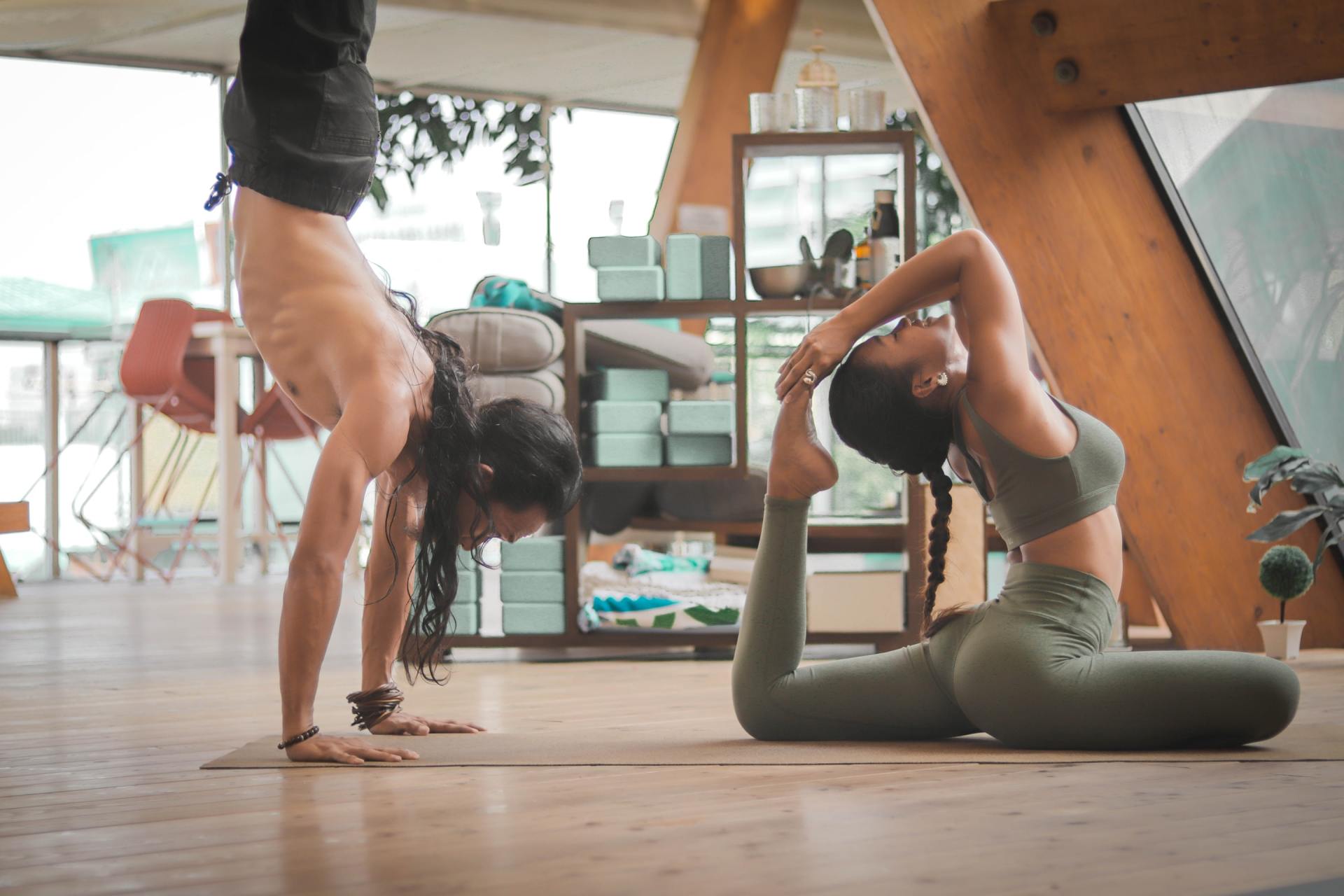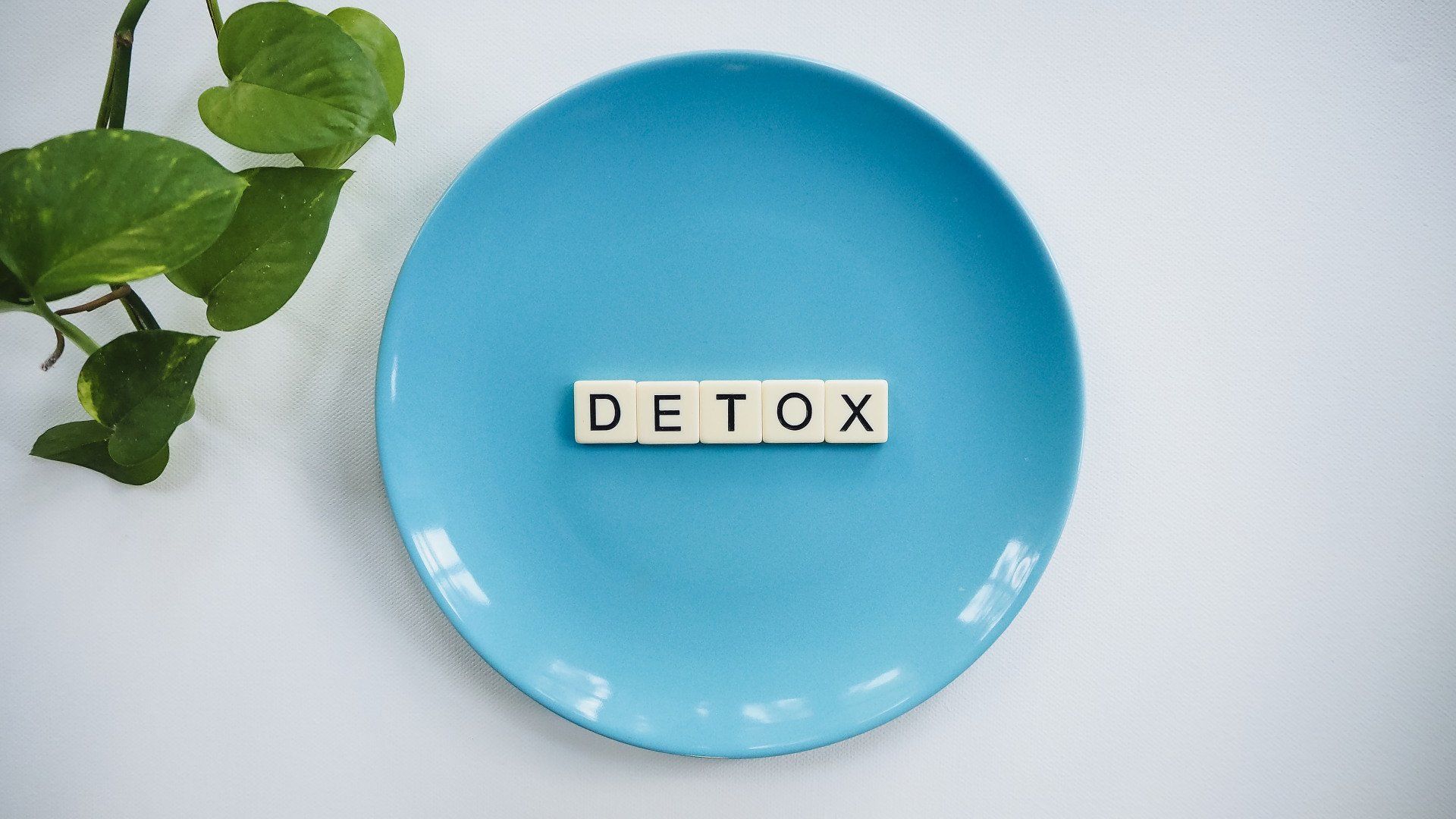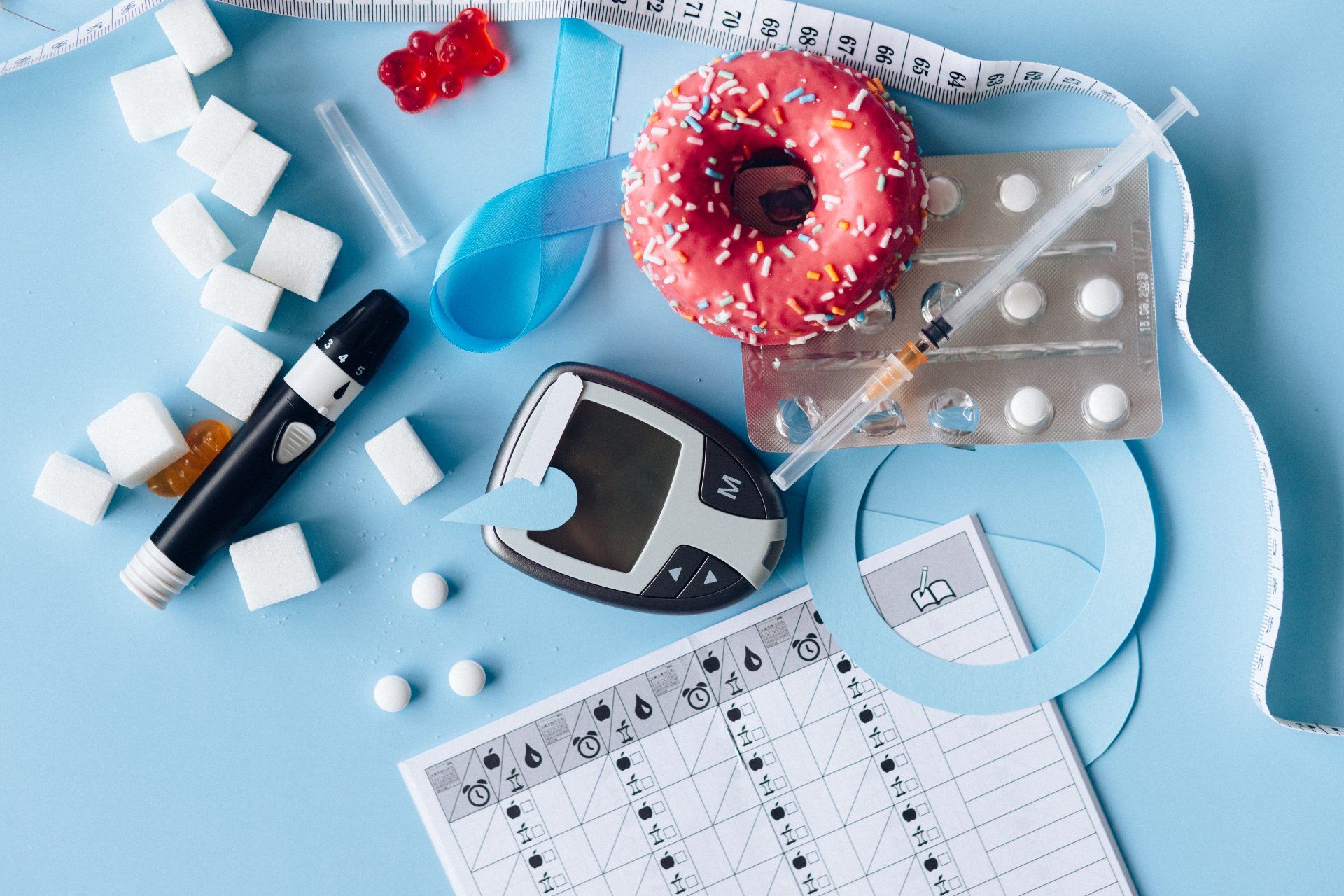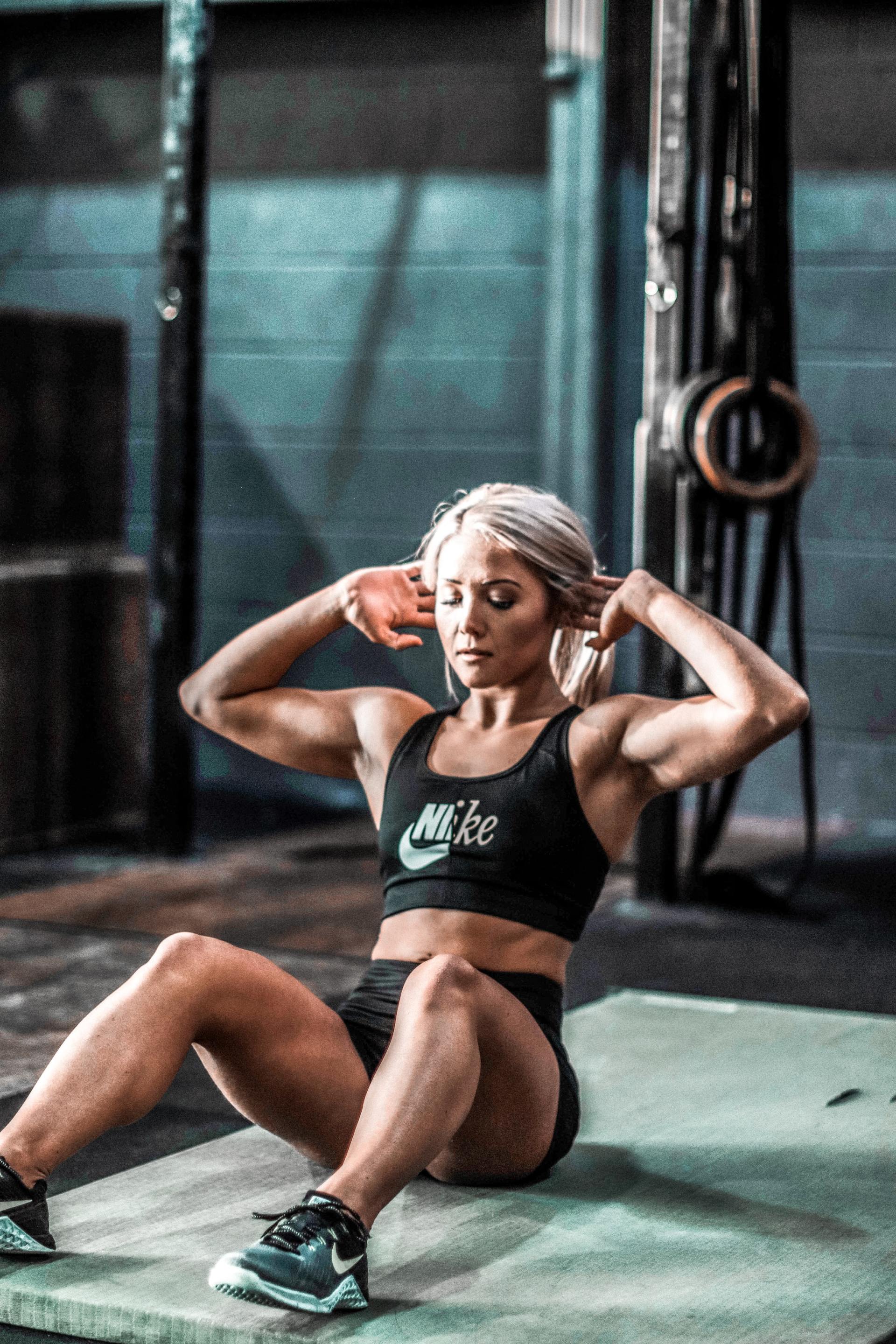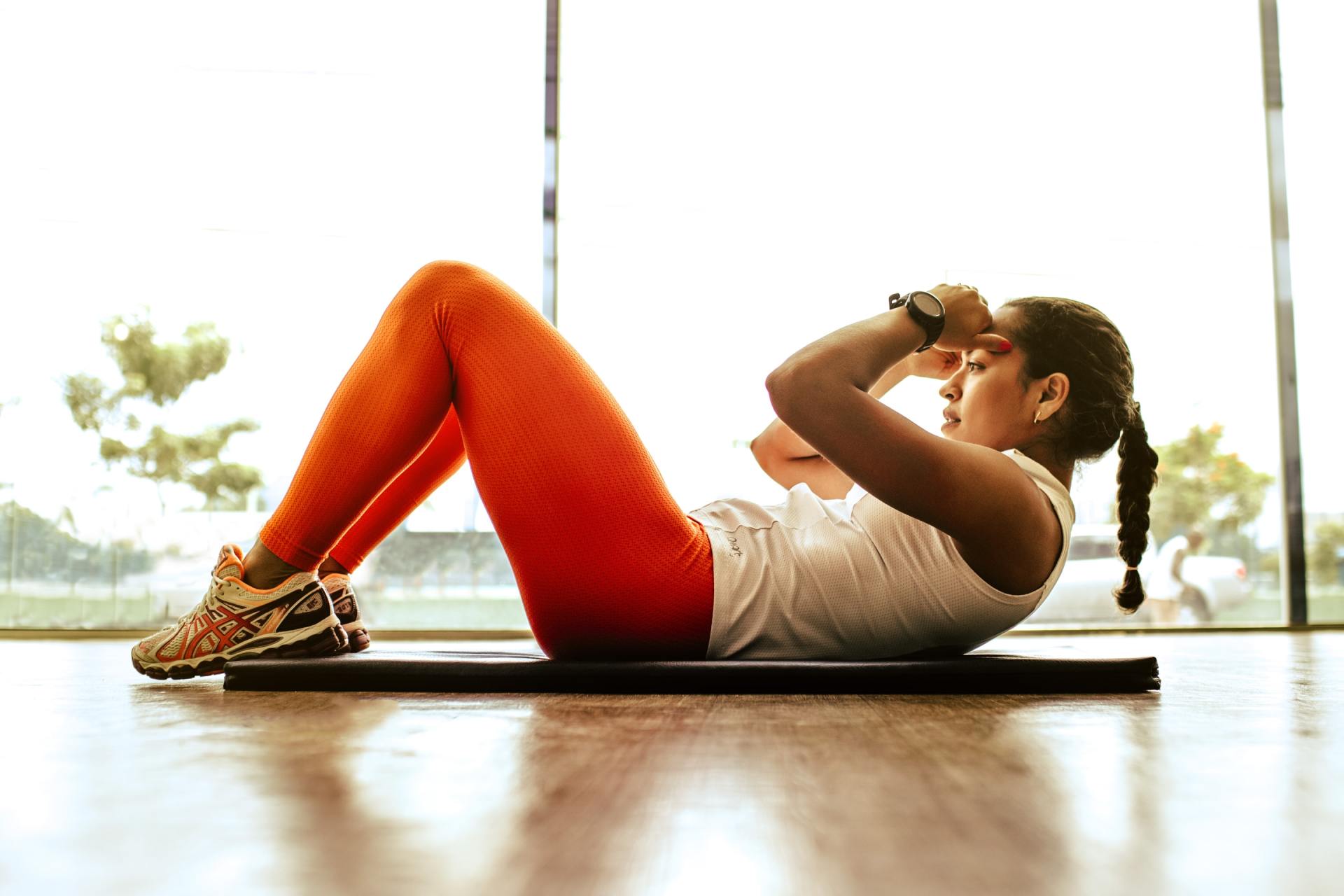We know that staying active is one of the best ways to keep our bodies healthy. But did you know it can also improve your overall well-being and quality of life?
Here are just a few of the ways physical activity can help you feel better, look better and live better. Because, why not?
It’s a natural mood lifter.
Regular physical activity can relieve stress, anxiety, depression and, anger. Do you know what "feel good sensation" you get after doing something physical? Think of it as a happy pill with no side effects! Most people notice they feel better over time as physical activity becomes a regular part of their lives.
It keeps you physically fit and able.
Without regular activity, your body slowly loses its strength, stamina and ability to function properly. It’s like the old saying: you don’t stop moving from growing old, you grow old from stopping moving. Exercise increases muscle strength, which in turn increases your ability to do other physical activities.
It helps keep the doctor away.
Stand up when you eat your apple a day! Too much sitting and other sedentary activities can increase your risk of heart disease and stroke. One study showed that adults who watch more than 4 hours of television a day had an 80% higher risk of death from cardiovascular disease.
Being more active can help you:
- lower your blood pressure
- boost your levels of good cholesterol
- improve blood flow (circulation)
- keep your weight under control
- prevent bone loss that can lead to osteoporosis
All of this can add up to fewer medical expenses, interventions and medications later in life!
It can help you live longer.
It’s true, 70 is the new 60… but only if you’re healthy. People who are physically active and at a healthy weight live about seven years longer than those who are not active and are obese. And the important part is that those extra years are generally healthier years! Staying active helps delay or prevent chronic illnesses and diseases associated with aging. So active adults maintain their quality of life and independence longer as they age.
Here are some other benefits you may get with regular physical activity:
- Helps you quit smoking and stay tobacco-free.
- Boosts your energy level so you can get more done.
- Helps you manage stress and tension.
- Promotes a positive attitude and outlook.
- Helps you fall asleep faster and sleep more soundly.
- Improves your self-image and self-confidence.
- Helps you spend more time outdoors.
10 benefits of physical activity
Being physically active has been a huge ongoing campaign in Singapore for the past few years. State-wide challenges such as the National Steps Challenge reward us for being physically active but is there a bigger message at hand here? We all know exercise is good for our health, but a lot of us don’t know the full extent of the benefits.
The top 10 benefits of physical activity
1. Weight management
The most prominent benefit of exercising is that it helps with weight management. Exercising increases our caloric expenditure, which helps us lose weight or maintain our ideal weight. Regular exercise also helps to optimize your metabolic rate, which makes weight management a much simpler affair.
2. Bone and muscle health
Exercising makes your body physically stronger because it builds bone and muscle strength. Stronger bones contribute to better balance which means greater stability and less injuries, while stronger muscles contribute to general fitness in carrying out daily activities like climbing the stairs or carrying groceries. There's no need to be averse to actively building muscle; a bodybuilder's physique requires years of very specific training and nutrition. Instead, holistic strength training will ensure that your body's muscles remain functionally healthy in the years to come!
3. Relief from physical pains
Exercise provides rehabilitation for chronic pains such as lower back pain. The right kind of exercise can be a good form of physiotherapy for stubborn aches or long-term injuries. However, be sure to consult a specialist to recommend the ideal workout before you start exercising.
4. Protection against health conditions
Beyond making you physically stronger, exercise also keeps your body healthier by reducing the risk of developing chronic diseases. By helping with weight management, exercise also keeps obesity-related diseases like diabetes and heart disease at bay. Regular exercise also keeps your blood sugar and insulin levels at healthy levels.
5. Younger, healthier skin
The post-exercise glow is a real thing – exercise benefits your skin and makes it look more youthful by triggering the production of anti-oxidants. These anti-oxidants repair skin cell damage and stimulate blood flow, improving skin health.
6. Boosts mental health
There are several ways in which exercise is good for the brain. Firstly, exercise triggers the release of hormones that facilitate the growth of brain cells. Next, exercise also boosts blood flow to the brain, allowing it to get more oxygen to function better. Furthermore, oxygen also helps to improve memory by increasing the size of the hippocampus, the part of the brain responsible for memory. This slows down your brain’s ageing and also protects the brain against degenerative diseases like Alzheimer’s disease and mental disorders like schizophrenia.
7. Energy level boost
The rush of hormones from a good exercise session is a significant energy booster that helps you fight through fatigue and stay more focused. This energy boost is especially helpful for people suffering from chronic fatigue or health conditions that affect energy levels.
8. Improvements in mood
Along with making you feel more energized, exercise also makes you happier. Hormones like endorphins that are released during exercise evoke positive feelings and pushes away negative ones. This makes exercise a good form of therapy for people suffering from anxiety or depression.
9. More quality sleep
Exercise helps you sleep better at night and fights insomnia by making sure you are sufficiently tired come bedtime. Furthermore, the stress-relieving effect of exercise helps your mind and body relaxed so negative thoughts don’t keep you awake for hours at night. Exercise also helps to regulate your body’s circadian rhythm. The heating up of your core body temperature during exercise allows your body to cool down significantly by bedtime, promoting restful sleep.
10. Higher libido
Sleep isn’t the only bedtime activity that benefits from exercise; so does sex. Exercise facilitates blood circulation and flexibility, boosting one’s libido and enhances sexual performance and the overall experience as well. For older men, exercise helps to reduce symptoms of erectile dysfunction.
In short, physical activity is indispensable when you are striving for optimal physical and mental health. The most straightforward way to reap these benefits is to simply set aside time every week to exercise. Proper, dedicated workouts allow you to maximize the time you spend exercising to get the most benefits. Unsure how to plan an exercise routine? Start from the following three steps.
Planning your exercise routine
1. Set targets
Exercise, like any other project or plan, has to start from goal-setting (i.e. SMART goals). Be specific with what you want to achieve within a certain time frame. Is it for better stamina so you can run or swim for a longer duration? Or is it for greater strength in order to bench press a heavier weight? Whatever your goal is, set a specific target result that you can work towards. When setting goals, consider your current abilities and fitness levels and factor in any existing health problems or injuries so you can set out a plan that is feasible.
2. Plan workout duration and frequency
Before going into the types of exercise that you want to do, plan how many workout sessions you can fit in per week and how long each workout session will be. Most experts recommend exercising four to five days a week, varying the length and structure of your workouts with a mix of different activity types.
3. Workout structure
There are three types of activities to consider – aerobic, anaerobic and non-exercise. These exercises target different aspects of fitness and health, so it’s ideal to commit to at least one to two sessions of each activity every week.
Aerobic activities
Types of aerobic activities:
Moderate intensity:
Brisk walking, leisure swimming, leisure cycling
High intensity:
Running, swimming continuous laps, spinning
Aerobic exercises are essential for building your physical conditioning as they work your heart and lungs, allowing you to build a greater work capacity. It’s important to incorporate both exercises of both moderate and vigorous intensities into your routine to build a stronger aerobic base – aim for a total of 150 minutes of moderate activity and 60 minutes of vigorous activity every week. To make it easier, you can break your aerobic exercises down into manageable 10-minute blocks.
Anaerobic/strength training activities
Types of activities:
Push-ups, pull-ups, squats, exercises involving resistance bands, weight-training
Strength training is important because it strengthens your muscles and bones for better health and resistance against injuries. Strength training also helps with weight-loss – as you gain muscle, your metabolism increases which allows you to better convert calories into energy.
Non-exercise physical activities
Types of activities:
Casual walking, stair-climbing, frisbee
Non-exercise physical activities (NEPA)are not meant to be physically taxing, but they are considered a legitimate form of physical activity that does well in supporting an active lifestyle. Engaging in NEPA during your rest days prevents you from lapsing into a sedentary state and adds (slightly) to your overall caloric expenditure.
Apart from deciding what exercises to include in your workouts, it’s also necessary to ensure you have safety protocols in place. Catering for safe workouts start with the following steps.
Keeping your workouts safe
• Proper warm-ups and cool-downs
These should last for at least five to ten minutes. Stretches and slow jogs are common warm-up and cool-down exercises.
• Pay attention to signs of injury
When it comes to cardiovascular work or strength training, it’s important to stop at any signs of distress to prevent injury. Avoid intense exercises when you already have injuries such as stress fractures or sprains.
• Watch your form during strength training
Most injuries obtained during strength training are a result of poor form, so always pay attention to your form and never try to rush through your workouts.
• Stay hydrated
Heat injuries are some of the most common exercise-related injuries so always stay hydrated. Go for electrolyte-replenishing drinks after long aerobic sessions.
• Dress appropriately
Wearing the right shoes is of utmost importance to preventing injuries. The right clothing will also help you train comfortably and enjoy your workout more.
• Rest days
The most important safety tip is to always have rest days after intense exercise sessions. Giving your body enough time to repair itself helps to prevent overuse injuries and mental burnout.
Apart from exercise, there are other ways to squeeze in more physical activity into your daily life that don’t require as much time and planning. Here are some of the easiest ways.
Life hacks to sneak in more physical activity
• Take the stairs
Forget escalators and lifts, take the stairs whenever you can because stairs give your muscles a good opportunity for some resistance training. Just one minute of climbing stairs a day can be beneficial for your muscles and help to build up strength.
• Walk
Walking is one of the best ways to exercise because you can do it anytime and anywhere, without the need to change into sports attire or do some warm-up exercises. While you don’t burn as many calories from walking as you do from running, you are also less likely to binge eat after a good walking session.
• Stand up
The simple act of standing up does wonders for your body. Standing improves blood circulation, burns more calories, increases your metabolism and improves posture. You don’t have to go out of your way to stand up – opt to stand on public transport or take breaks from work to stand or walk around.
• Carry bags
Carrying your grocery bags by hand allows your arms to get some strength training in. The best way to get some benefits out of grocery bag lifting is to extend your arms all the way down and keep your back straight and shoulders back. This also engages your core and helps you work on your posture.
• Squat daily
A daily 30-second squat is something that's easily doable for everyone and helps to train what is considered the most fundamental aspect of human movement. Squatting helps to train your ankles, legs and hips and also improves stability throughout your entire body.
Even switching up your daily habits to get more exercise can help you get more of the numerous benefits of exercising. No matter what your age group and gender is, exercising provides a host of health benefits that you definitely should strive to unlock. Just make sure you plan your workouts with care and caution, and to always respect your body’s needs and ability.
Thank you for your support in reading this article and hopefully, you have found it beneficial.
"Providing Better Health Through Knowledge"
